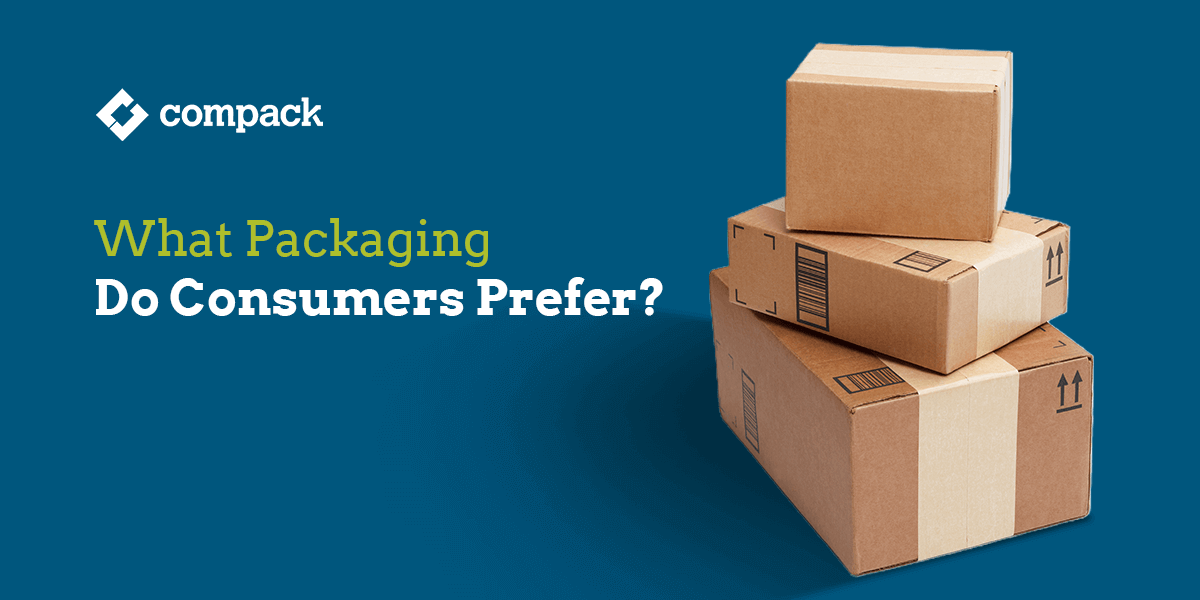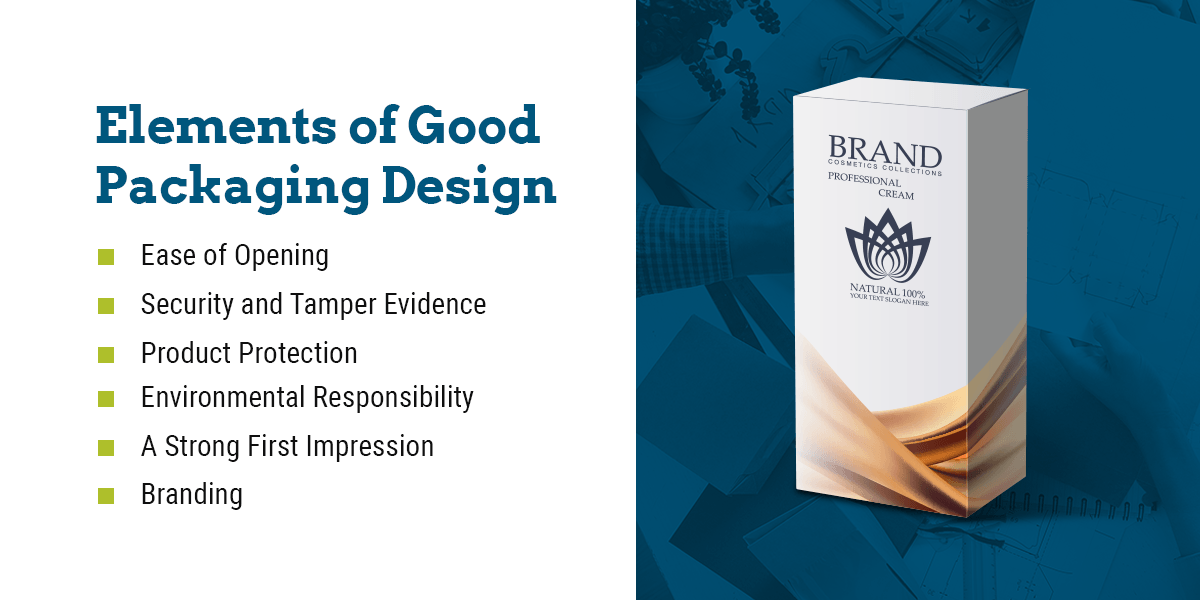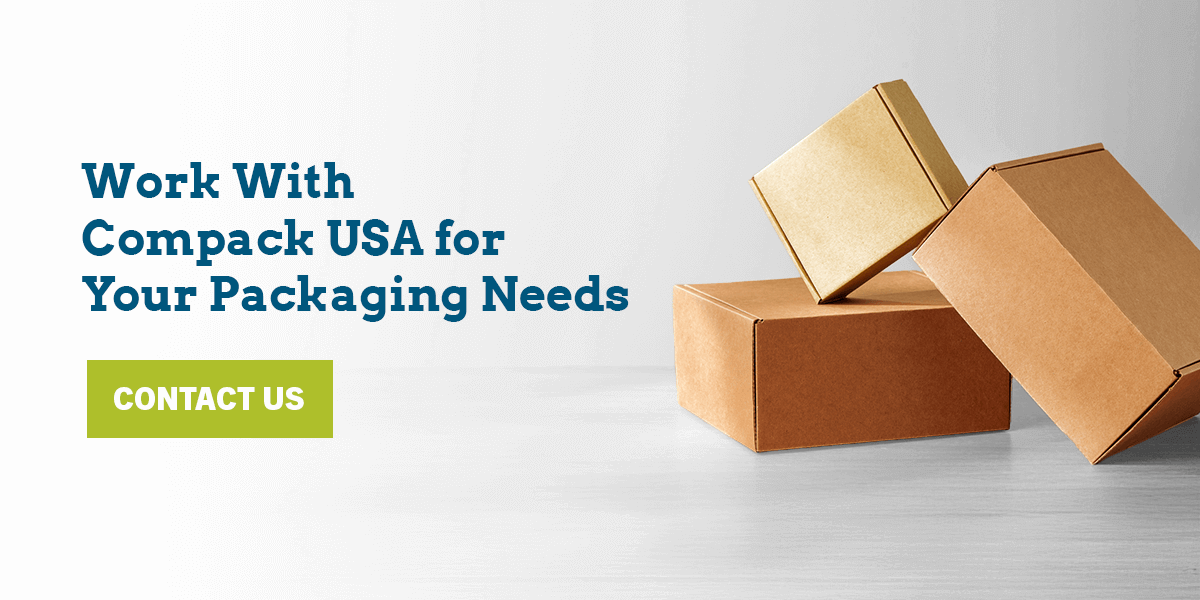What Packaging Do Consumers Prefer
When people think of packaging, they may picture bright colors, glossy logos or branded boxes. For businesses that send and receive goods daily, it's not about looking flashy — it's about getting the job done right.
Packaging that's hard to open, doesn't hold up during transportation or creates unnecessary waste can hurt customer relationships and bottom lines. If you're in charge of operations or distribution, understanding what your customers prefer in packaging is key to making better supply chain decisions.
What Is Packaging Design, and Why Does It Matter?
Packaging design refers to the visual and physical aspects of your product packaging. Designing your packaging considers primary, secondary and tertiary packaging, which come together to ensure positive customer reception and improve sales. The right design creates a strong first impression, helping your product stand out.
Effective packaging matters because it:
Prevents damage during transit
Reduces customer frustration
Supports a positive product experience
Speeds up picking and packing
Minimizes environmental waste
Elements of Good Packaging Design
Good packaging design ensures performance and practicality. Consider a few key points in packaging design:
Ease of Opening
Tight seals, too much tape or awkward materials can make unboxing items harder than necessary. When packaging is secure but easy to open, it creates a better experience from the start and may reduce complaints or returns. Give your consumers packaging that's:
Intuitive to use
Resealable when needed
Reduces product damage during opening
Security and Tamper Evidence
Consumers want to receive everything they ordered. Water Activated Tape, Carton Strapping and Sealed Bubble Bags protect the product and signal that you take safety seriously. For sensitive items, tamper-evident features can be the difference between a trusted brand and a returned shipment.
Product Protection
Packaging's number one job is to protect the product inside. From heavy equipment parts to perishable goods, damaged items lead to frustration, waste and added costs. Materials like stretchwrap and insulated bubble bags help products arrive intact, even in harsh shipping conditions. Customers value packaging that prevents breakage and leakage, holds up under stacking and movement, and resists moisture, punctures and impact.
Environmental Responsibility
Many customers prefer packaging that supports green practices. By choosing environmentally conscious packaging, you're appealing to a growing market of eco-aware customers. This approach could mean:
Using recyclable or compostable materials
Minimizing excess packaging
Offering reusable or returnable options
Avoiding hard-to-recycle plastics
A Strong First Impression
The first thing your customer sees when they receive your product is the packaging. Design elements like color, images, fonts and logos contribute to your packaging's visual appeal. Some customers prefer the look of different colors and shapes. For example, one study showed that the color blue was preferred over red, black and white for bottle caps, and anthropomorphic bottle shapes were chosen over square and cylindrical.
Branding
Adding your brand's story or the meaning behind your design can help you connect with customers on a deeper level. Sharing your story doesn't have to be limited to words, either. You can use various design elements to communicate these messages.
How Do Customers Most Benefit From Packaging Design?
In a sea of products, customers often go with what they already know. Convincing someone to take a leap and try something new can be a challenge, but it's one you can help solve through proper packaging design. Meet your target audience's preferences, and you'll likely convince them to pick your item off the shelf.
Customers benefit from well-designed packaging because it:
Helps manage their attention: Customers can suffer from analysis paralysis when looking at a wall of product options. When your product design is built to manage and grab their attention, you can help customers easily make decisions, reducing decision fatigue.
Tells them what they need to know: By providing concise, clear product information right on the packaging, you reduce the time customers need to spend researching and comparing products. For instance, health-conscious customers will likely be interested and satisfied to see that you list all ingredients or materials used in your item.
Communicates your company's value: Customers are loyal to brands when they share their values. Your packaging design can make this easier for them. Communicate your brand's mission, goals and purpose in a brief snippet, and you can instantly draw in like-minded consumers.
Connects them to products that solve a need: Your product exists to meet needs and solve problems. With good packaging design, you can get the attention of your target customers, enabling them to enjoy the benefits of your solution.
Ensures effective product use: Mindfully designed packaging can make it easier for customers to use your product. For example, an ergonomically designed bottle can appeal to a wider group of customers, particularly those who may struggle to use existing, less-well-designed alternatives.
Improves customer safety: Some products, like food and medicine, are especially susceptible to contamination. Well-designed packaging can help protect these products, keeping customers safe.
How to Design Your Packaging to Meet Customer Needs
Generally, consumers prefer packaging that's easy to read and use. Many customers also enjoy visually appealing packaging, which may involve a simple, “clean” look with interesting fonts and pleasing colors. Your specific packaging design comes down to a few specific factors, including:
Your target customers' preferences: Understand your audience's values, behavior, interests and expectations. Do your customers expect you to be environmentally conscious? Do they prefer simple designs? Are your customers interested in high-quality, luxury-grade products? The answers to these and similar questions will inform your packaging choices.
Protection: Choose materials that match your product's weight, shape and fragility. From stretchwrap with a high force-to-load ratio to insulated bags for temperature-sensitive items, the right packaging helps minimize risk.
Relevant standards: No matter how your packaging looks, ensure it meets relevant packaging regulations. Keep these standards front of mind during the design conception stage so you can prioritize compliance from start to finish.
Budget: Your budget will likely inform most of your design decisions. In addition to design services, consider the cost of the materials, production and distribution processes.
Logistics: Your product design affects overall logistics and supply chain management, especially if your company aims to use eco-friendly packaging. Some companies adopt green supply chain practices to increase customer loyalty and reduce their negative environmental impact. Consider how producing the design would affect logistics.
If you've already released your product and are considering redesigning the packaging, gather customer feedback, whether through surveys, feedback forms and polls, to learn more about what they like and dislike about the current packaging. Then, you can make informed improvements to your packaging as necessary.
Work With Compack USA for Your Packaging Needs
When creating a new packaging design for your products, the right supplier can impact the overall production process. At Compack USA, we sell a variety of packaging products and tools for businesses of all sizes. Whether you're looking to be more environmentally friendly, increase productivity or save on costs, you'll find a high-quality packaging solution that meets your customers' needs. View our selection today, and contact us to learn more.



